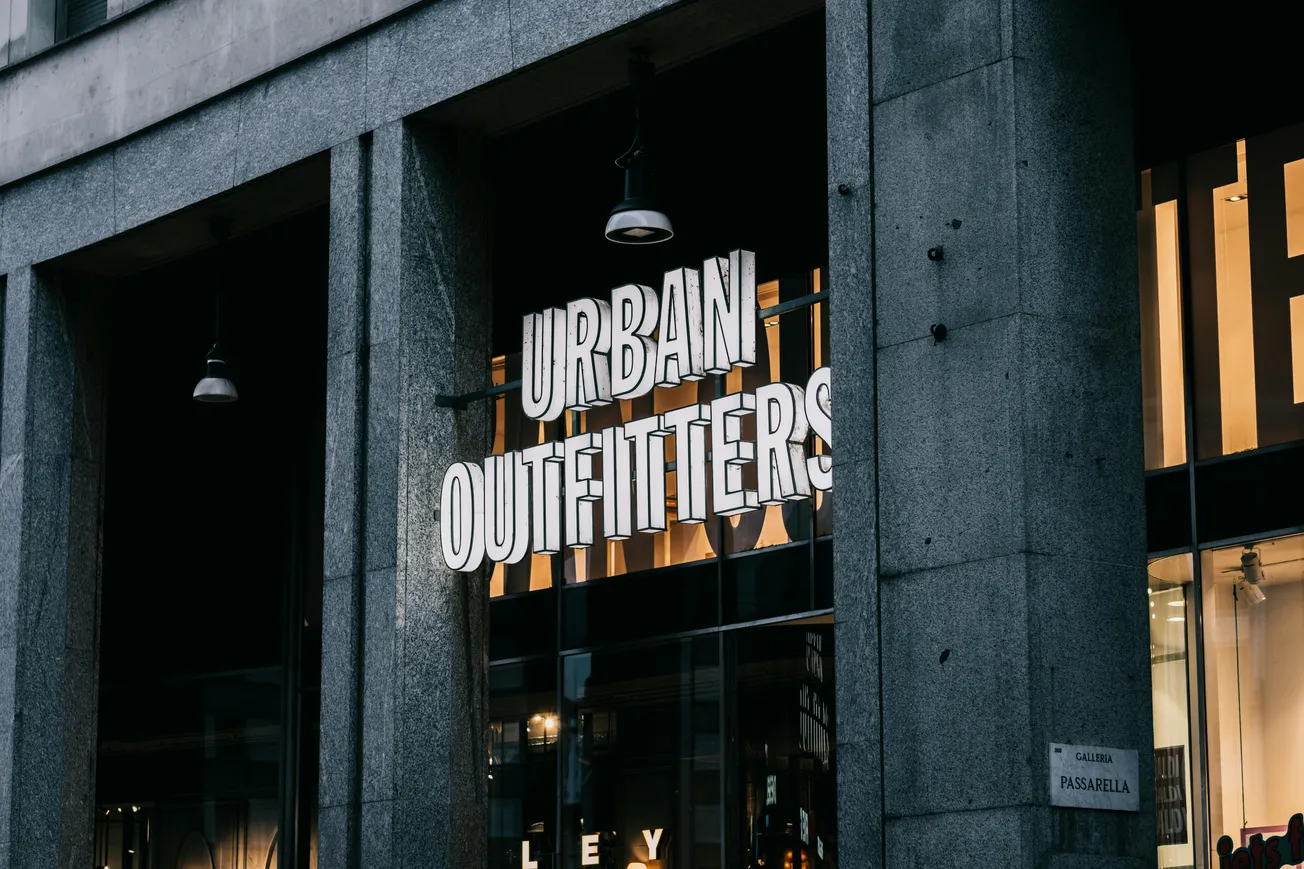According to a recent discussion on RetailWire, more U.S. consumers are embracing the idea of gifting used or resale items this holiday season.
For example, the resale platform ThredUp reported U.S. consumers plan to allocate nearly 40 % of their holiday budgets to secondhand gifts—up from 30 % in typical everyday shopping. Among motivations: 62 % of shoppers cited better value as their primary reason, and 56 % sought unique, one‑of‑a‑kind items.
Another survey from OfferUp found 83 % of consumers are open to receiving a secondhand gift, and 68 % plan to purchase used gifts this season—with Gen Z showing particularly strong intent at 83 %.
Why It’s Gaining Traction
Several factors are fueling this trend:
- Economic pressure: Inflation is pushing shoppers toward better value options. Surveys show savings are a top driver for secondhand gifting.
- Uniqueness & nostalgia: Many shoppers value finding items that aren’t mass‑produced or widely available, giving secondhand gifts a “treasure” aura.
- Sustainability and circular commerce: Particularly among younger consumers, gifting secondhand aligns with eco‑conscious values and the circular economy.
Implications for Retailers & Omnichannel Strategy
For major omnichannel retailers—including those anchored in the Bentonville ecosystem—this shift presents both challenge and opportunity:
- Potential revenue impact: As secondhand gifts grow, new‑product sales risk being diverted, particularly in categories like apparel, accessories and electronics that resale platforms serve well.
- New business models: Retailers might need to embrace resale, certified pre‑owned programs, or partner with resale platforms to capture this spend rather than lose it.
- Brand and presentation matters: The shopping experience for a secondhand item must feel premium to overcome lingering stigma. Packaging, condition and story matter more than ever.
- Category‑specific variation: While luxury, vintage and high‑value items may thrive in resale/gifting formats, more commoditized goods may still encounter resistance. As one expert noted: “For some categories … it’s not only acceptable but desirable … not so for other categories or goods in poor shape.”
What to Watch
- Will new goods lose share meaningfully to resale in key categories this holiday season?
- Can brick‑and‑mortar and e‑commerce retailers build integrated “pre‑loved” experiences that retain value and brand positioning?
- How will brand messaging evolve to make secondhand gifts feel as thoughtful and desirable as new ones—even within premium and luxury segments?










